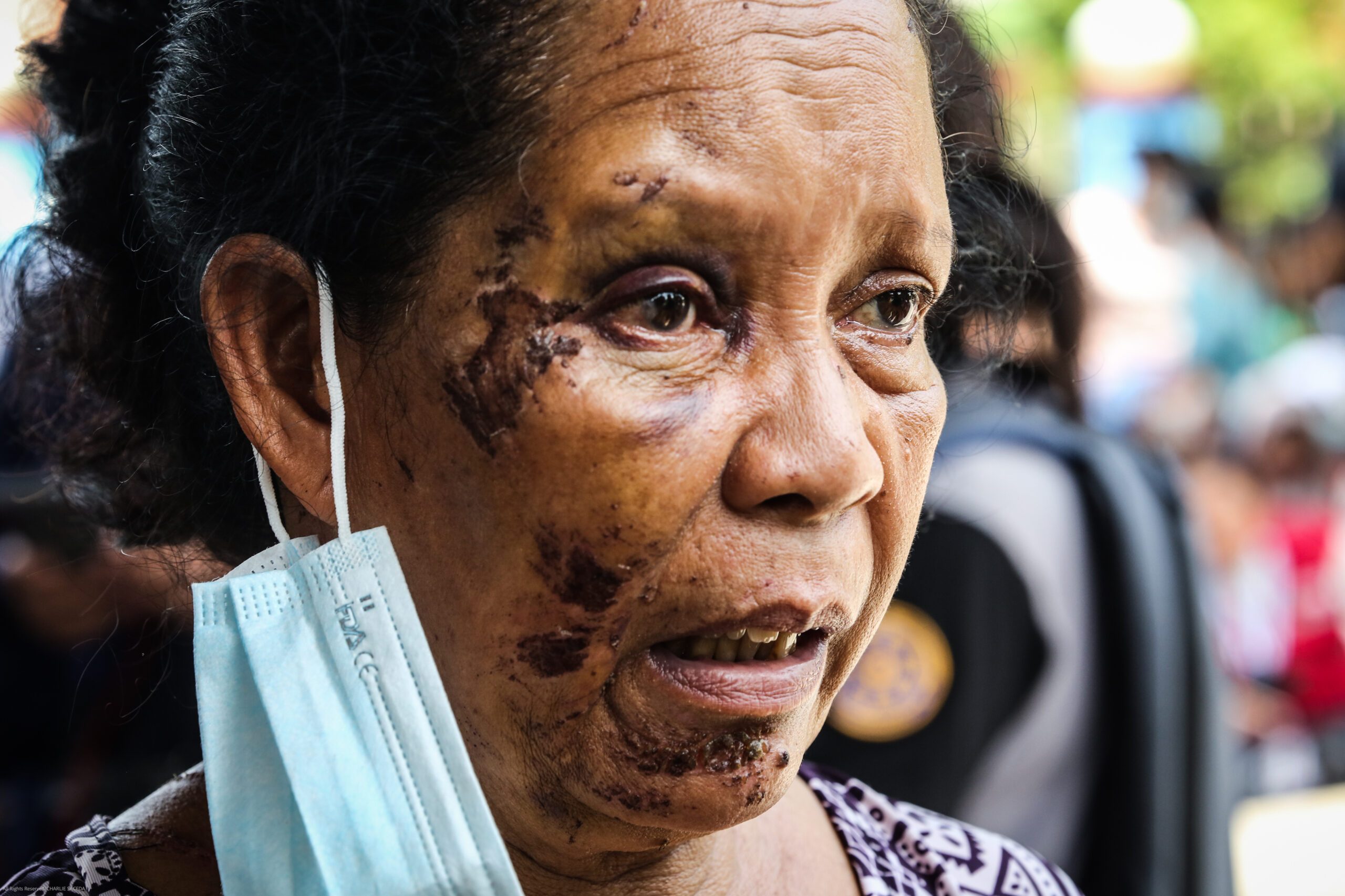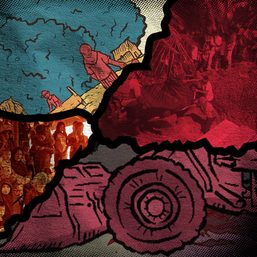SUMMARY
This is AI generated summarization, which may have errors. For context, always refer to the full article.

MAGUINDANAO DEL NORTE, Philippines – The families who lived in a community that was wiped out by a flash flood and landslide during the onslaught of Severe Tropical Storm Paeng (Nalgae) in Maguindanao del Norte late last week had prepared well for a tsunami.
Even children in the community were trained on what to do in case of giant waves similar to a tsunami that hit what is now the Bangsamoro Autonomous Region in Muslim Mindanao (BARMM) and neighboring regions 46 years ago, said Bangsamoro Interior and Local Government Minister Naguib Sinarimbo.
What the villagers did not anticipate were rampaging floodwaters and an avalanche of rocks and mud which cascaded down the mountain that towers more than 1,400 meters above sea level.
On August 17, 1976, a tsunami that followed the magnitude 8.1 Moro Gulf earthquake flattened communities along an approximately 700-kilometer coastline in Mindanao, killing as many as 8,000 people.
The tsunami-prepared community at the foot of Mount Minandar in Barangay Kusiong in Datu Odin Sinsuat – now known as Paeng’s “ground zero” in Maguindanao del Norte – was home to most of the 61 people who died in the October 28 flooding and landslides in the province.
Today, what remains in the three-hectare Kusiong community are flood debris and whatever the floodwaters and mud did not wipe out and bury.
The community of some 200 households served as a relocation site for families, many of whom once lived near a coastal area of Kusiong.
Fearing a tsunami, the families in the coastal area moved to the once-idle land at the foot of Mount Minandar which they had thought would serve as their refuge, said Sinarimbo.
“Apparently, the relocation took place without consideration of the geo-hazard map, and that the families would be directly hit in case of flash floods,” he said.
When the community’s bells rang to signal danger as Paeng unleashed its fury on Maguindanao del Norte late last week, many of the villagers rushed to an old chapel that stood above the community.
That chapel is gone now, and the people who had thought it was a safe place were swept away and buried in mud.
The devastated Kusiong community was only one of the areas in Maguindanao del Norte where BARMM’s Rapid Emergency Action Response on Disaster Incidence (READi) had regularly conducted earthquake and tsunami drills.
“Pati mga bata dini-drill natin sa school na tumakbo sa high ground (We have been including even schoolchildren in disaster drills so they would run to higher ground),” Sinarimbo said.
He added, “But what happened was they ran toward the floodwaters that cascaded down the mountain.”
Loss of a grandchild
Daisy Fering, a 60-year-old survivor, lost her one-year-old granddaughter when disaster struck in the wee hours of October 28.
She said she and her family heard what sounded like two explosions that preceded a massive mudflow around midnight.
“All of a sudden, we were all covered in mud as our walls collapsed,” she said.
Fering said she saw her granddaughter being swept away by rampaging floodwaters as soon as her son lost his grip on her when he got entangled in steel wires.
“By then, cries for help could no longer be heard. The cries were drowned in the sound of rampaging floodwaters,” she said.
Fering, who suffered injuries, was pinned down by a part of a wall that collapsed and was half buried in mud when she was rescued hours later. Except for her grandchild, her family survived the environmental disaster.
Missing relatives
Another survivor, Jerry Anton, who helped in burying a dozen of his relatives in a mass grave in Kusiong, said the floodwaters from the mountainsides and landslide caught them off guard.
Anton said it was a very painful experience, and he could not get over it because he has other relatives who remain missing.
Major General Roy Galido, the commander of the Joint Task Force Central, said government search teams have found the bodies of 21 people earlier declared missing, and only four have remained in their list of missing persons in the province as of Tuesday, November 1.
The list of missing people, he said, was based on the accounts of survivors.
Study geo-hazard map
Sinarimbo said there was a need for officials to carefully study Maguindanao’s geo-hazard map, and move people living in dangerous places out of harm’s way.
He said he saw several schools which were built in dangerous areas at the foot of a mountain in Datu Blah Sinsuat, another Maguindanao del Norte town devastated by flooding and landslides.
On Tuesday, November 1, President Ferdinand Marcos Jr. said he observed during an aerial inspection that communities near mountainsides that had no trees were the ones that were destroyed during last week’s environmental disaster.
“We have to include tree-planting in our flood control programs,” Marcos told officials during a situation briefing. – Rappler.com
Add a comment
How does this make you feel?























There are no comments yet. Add your comment to start the conversation.